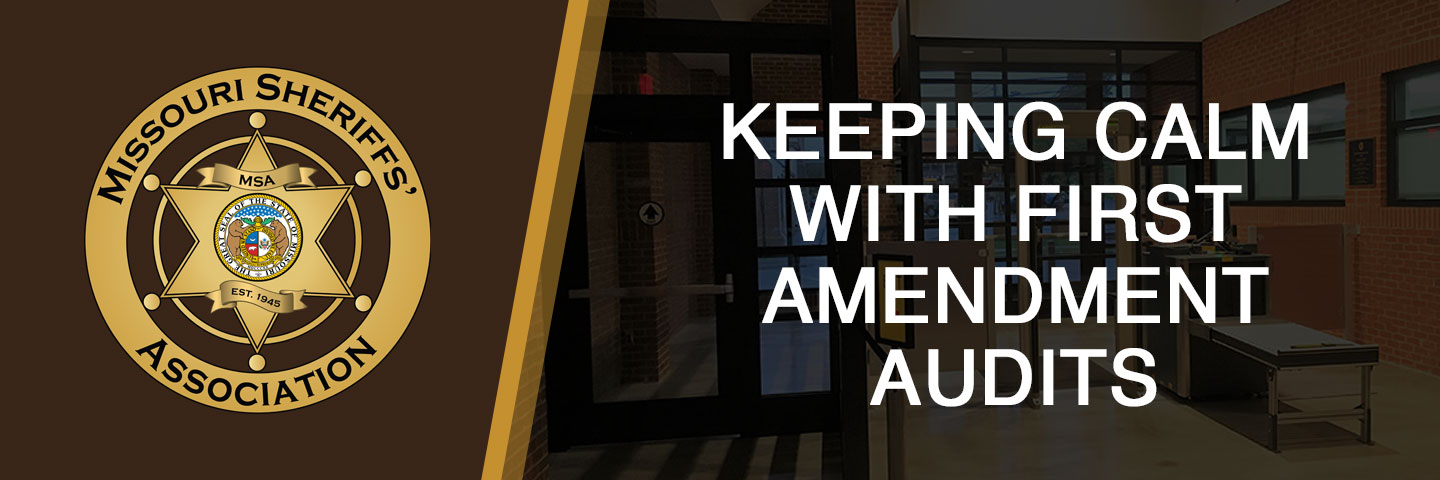POST #25045
In 1991, George Holliday happened to have a video camera on hand to record an unarmed suspect, Rodney King, being violently beaten by the Los Angeles Police Department. The video captured by Holliday has been broadcast globally and seen millions of times. Today, nearly every person has a video camera at all times in the form of a mobile phone.
After high-profile police encounters in New York, Baltimore and Ferguson, Missouri, citizen activists are filming encounters between police and suspects. First Amendment auditors claim the right to film public employees going about their business in public buildings. For example, auditors now arrive at government buildings in groups to wander around, filming and interfering with workers and residents.
It is clearly established that video recording of police encounters is a form of speech protected by the First Amendment. However, the First Amendment is not absolute. The Supreme Court has recognized that there are certain places in which the government can limit speech. This 90-Minutes presentation covers those certain places where the government may limit access and recording.
Topics Include:
• Criteria for Imposing Restrictions;
• Implementing a Policy Regarding Filming; and
• Practical Response to Handling Encounters.
POST Credit:
1-Hour Legal Studies
1-Hour Technical Studies
Cost: FREE
After registering, you will receive a confirmation email containing information about joining the webinar.












